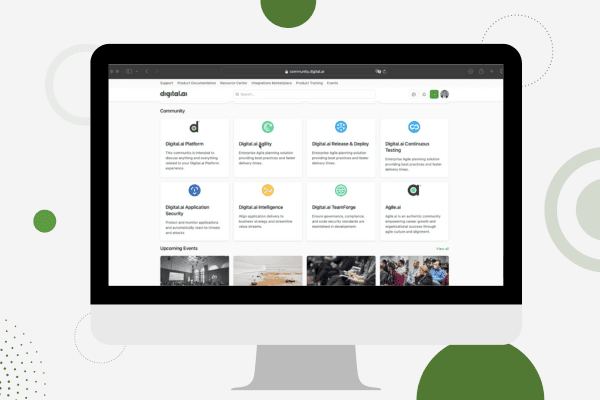What is VSM or Value Stream Mapping?
A value stream is a series of steps organizations use to deliver goods and services to customers.
Table of Contents
A value stream is a series of steps organizations use to deliver goods and services to customers. Value streams originated in Lean principles for the manufacturing industry to monitor and evaluate the efficiency of a delivery process at each step. Value streams were developed to break down the functional silos that negatively impact delivery through cross-team hand-offs, manual work, and delays. Without value stream thinking, organizations can inadvertently create process inefficiencies that lead to poor customer outcomes and risk wasting resources on deliverables not aligned with business requirements.
What is value stream mapping?
Value stream mapping (VSM) is a technique to visually represent the flow of materials and information through a value stream in an organization. Through VSM, organizations are able to connect defined business goals to the processes and technology needed to support them. A VSM paints a complete picture of the value stream, including information such as inputs, outputs, steps, sub-processes, actors, and throughput times. Organizations are able to measure critical KPIs such as lead time and cycle time to identify waste, bottlenecks, and causes for delivery delays. VSM helps teams continually assess and improve process efficiency.
Value stream mapping in the era of DevOps
The Scaled Agile Framework (SAFe) defines two types of value streams for the software industry. The operational value stream represents the steps and people that deliver value to end users. The development value stream represents the steps and people who develop and release the software business solutions used to execute the operational value stream. Together, these make up the DevOps value stream, which is at the core of modern software development and delivery.
As organizations have replaced manual software development and delivery processes with partially or fully automated pipelines, the nature of value stream mapping has changed. The DevOps value stream has multiple layers, all of which are important components of the full value stream. For example:
- The continuous integration (CI) pipeline comprised of writing code, building application artifacts, and running initial tests
- The release pipeline that moves applications through testing, pre-production, and production environments
- The delivery pipeline that manages the delivery of multiple applications to production as a single business solution
After creating a value stream map that models the flow of code changes and information through these pipelines, the organization can organize teams and select DevOps tools to facilitate that flow. As the value stream is executed repeatedly, it will generate data that can be used to identify bottlenecks and drive continuous improvement.
Digital.ai DevOps value stream mapping and management
The Digital.ai Value Stream Platform powers digital transformation and drives continuous improvement by helping organizations make decisions guided by data and measurable by business outcomes. With the Digital.ai Value Stream Platform, you can align software development and delivery with business goals and collect and securely deliver innovations and value to customers.



